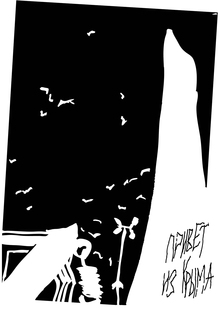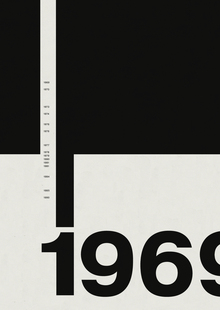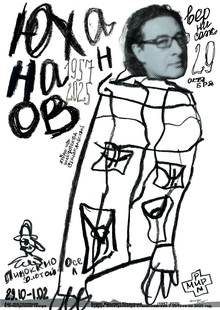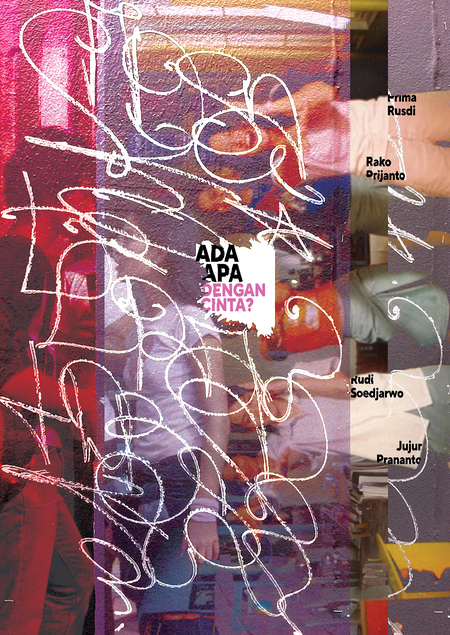
Alternative HSE x ITS films
Alternative films for three Indonesian films: «Ada Apa Dengan Cinta?» (2002) — «The Raid» (2011) — «Laskar Pelangi» (2008)
«Ada Apa Dengan Cinta?» (2002)
«Ada Apa Dengan Cinta?» is a teenage school drama in which a popular girl named Cyntha and her faithful friends are at the centre. One day, a guy named Ranga appears in her life, and this meeting forces the heroine to reconsider many of her views. To create posters, I had a subsidiary definition of «stop frame». I tried, using flowers and textures, to convey the mood of the school corridors — both rebellious and sensitive.
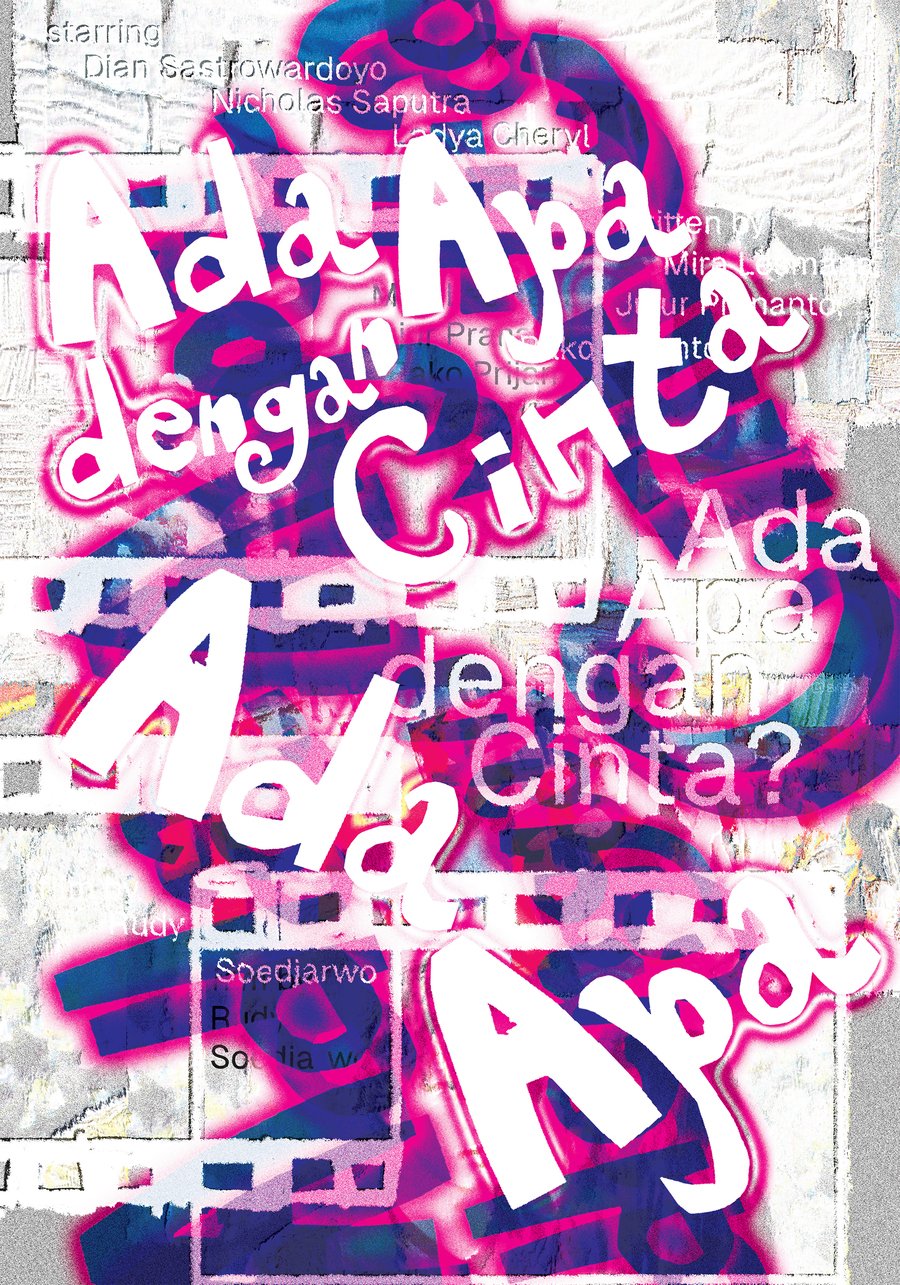
The Raid (2011)
«The Raid» is an Indonesian fighter and is built around a multi-storey building that houses the most dangerous criminals in the city. SWAT has a mission to take over this height. The operation is complicated, however, and the fighters have to fight many opponents to get out. To create posters, I had a subsidiary definition of «stop frame». On the first poster, I wanted to convey the rotten and disturbing atmosphere of the building: the darkness conceals the danger, and the only light source through the round windows increases the sense of closed space that looks like a cage.
The second poster I created was based on the feeling of some tiring and hyperbolization of violence in the film. The symbol on the poster was a multi-storey house, painted as if by a child’s hand, on which blood was spilled.
Laskar Pelangi (2008)
«Laskar Pelangi» is a film about childhood, friendship, and violent reality. A group of Indonesian schoolchildren from Belitung Island faces poverty and educational difficulties. Despite obstacles, they continue to learn and support each other. To create posters, I had a subsidiary definition of «stop frame». The first poster is dedicated to childhood memories, which in time are torn apart, flourishing and gradually losing clarity.
The main element of the second poster was a bicycle — the main vehicle for the movement of heroes and a symbol of their simple way of life. At the same time, the white plane below the composition sends it to the finale of the film, where one of the characters embodies his dream and leaves for France.
The third poster once again turns to childhood memories and how the world is brightly and vividly perceived as a child: paint becomes more rich, emotions are sharper, and impressions persist for a particularly long time.
